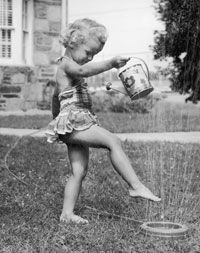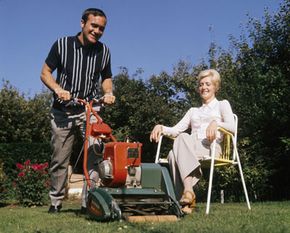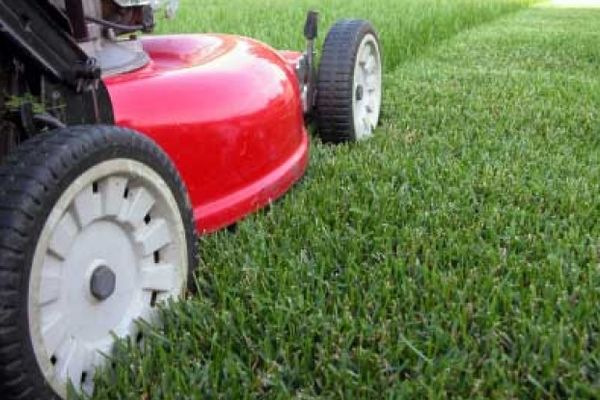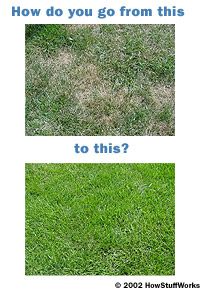Grass has always played an important role in the global ecosystem. It sustains foraging animals -- and since the domestication of livestock about 10,000 years ago, in turn sustains humans. It helps prevent erosion, which became particularly important in the United States following the Dust Bowl of the 1930s [source: Ehlke and Undersander]. And grasses even sequester carbon dioxide (as one part of the carbon cycle), produce oxygen and filter pollutants from the air.
Humans have demanded another role from grasses: ornament. After World War II, Westerners became smitten with the concept of neatly trimmed lawns. The wealth of postwar United States and Canada gave rise to the suburbs. More people could afford to buy their own slice of heaven -- complete with a yard. Couple this with the mid-20th century advancements in grass seeds, fertilizers and mowers, and, brother, you've got a recipe for lawn love [source: Canwest].
Advertisement
In short order, the sound of lawn mowers and the smell of grass clippings became ubiquitous parts of the suburban cultural landscape. And plants that formerly seemed benign -- like dandelions and clover -- were suddenly thrust into the role of adversary. It became customary to award well-manicured lawns with signs boasting, "Yard of the Month."
This award has graced your yard more than a few times and you're very proud of your lawn. But you have a dirty little secret: You have no idea why your lawn looks as good as it does. You're clueless -- it's all luck. Take fertilizer, for example. You spread some on from time to time when you think of it, but really you couldn't say whether it's helping or not. For all you know, fertilizing your lawn could actually hurt it. That's certainly a terrible question to leave unanswered, and it's one you've avoided asking the neighbors. You'd be exposed as the fraud you are, for sure. Relax, we're here to help. Find out on the next page whether fertilizing helps or hurts your lawn.
Advertisement



